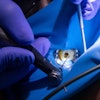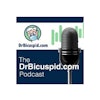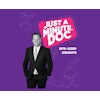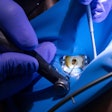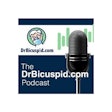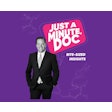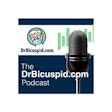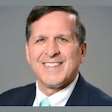The recession has slowed dental and medical tourism, but the business is likely to surge again as the economy picks up, according to a report by the Deloitte Center for Health Solutions.
In 2008, 540,000 U.S. patients traveled abroad for healthcare, Deloitte estimated, down from 750,000 the year before. The center projected that the total for 2009 will reach 648,000, then continue to grow at an annual rate of about 35%.
Factors driving growth include new insurance policies that pay for more procedures abroad and healthcare reform legislation, including state laws that may create incentives for this type of travel. U.S. practitioners are also becoming more willing to coordinate care with physicians in other countries.
National healthcare reform legislation, as currently envisioned in the U.S. Congress, could encourage more patients to travel, "particularly if flex account expenditures are limited to $2,000 or less, and elective cosmetic and dental procedures are not considered 'basic benefits,'" the report said.
Among the additional key findings highlighted in the report:
- Inbound medical tourism, or foreigners visiting the U.S. to receive medical care, will see relatively slow growth to report up to 561,000 travelers by 2017.
- 8% of respondents sought health care services outside of their immediate community; more than 40% said they would travel outside of their immediate area for care if their physician recommended it or for a 50% cost savings; 1% reported using an offshore health care provider; 9% said they'd be likely to do so; and 69% said they'd be unlikely to do so.
- The American Medical Association has developed a set of nine guidelines for medical tourism for employers, insurance companies and other entities that facilitate medical care outside of the U.S.
- Several health insurers have launched medical tourism pilots as part of health benefit plans. An overview of these programs and affiliations with foreign medical sites is included, and it is yet to be determined if these pilots will be adopted on a broad scale and whether employers or patients will receive the benefits of cost savings via reduced premiums, co-payments or deductibles.
- West Virginia and Colorado have attempted to pass legislation that would either require or incentivize insurers to incorporate medical tourism within their health benefits plans. Although both bills did not pass, they demonstrate that state legislators are paying more attention to the value of medical tourism.
- The Joint Commission International has increased the number of approved foreign medical sites from 76 in 2005 to more than 220 in 2008.
- India's medical tourism sector is expected to grow 30% annually from 2009 to 2015. Health care reform will likely propel growth in the elective outpatient market, particularly if flex account expenditures are limited to $2,000 or less, and elective cosmetic and dental procedures are not considered "basic benefits."

